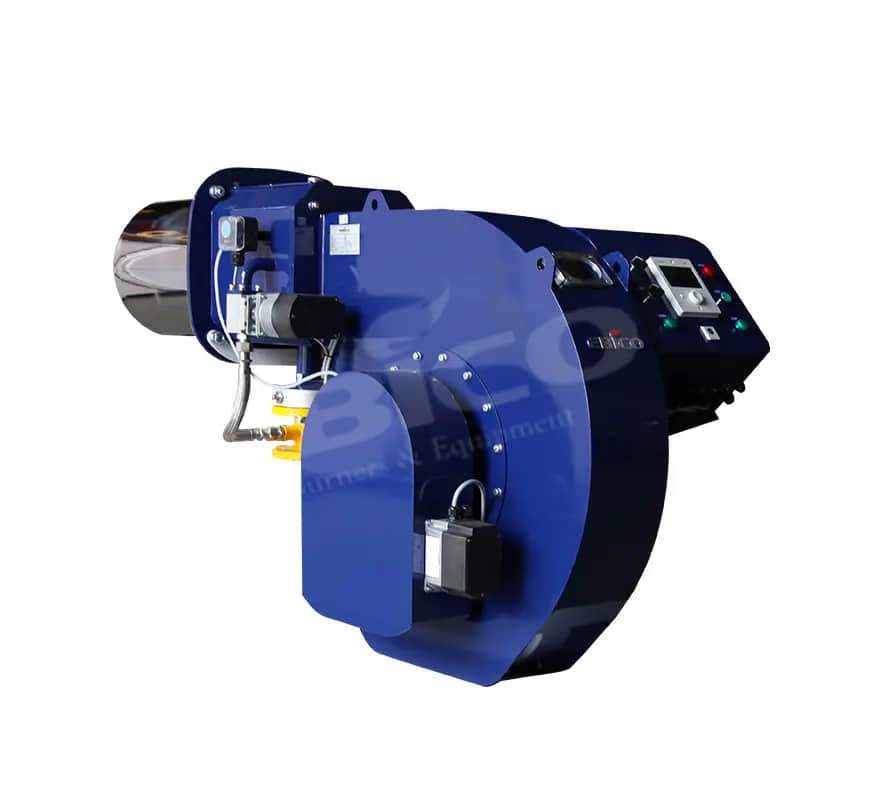Classification And Technical Requirements Of Fuel Gas Burner
Classification And Technical Requirements Of Fuel Gas Burner
First: Classification of fuel gas burner
There are many types of fuel gas burners and different classification methods. It is difficult to comprehensively reflect the characteristics of the burners by adopting one classification method. Here are some common classification methods:
1. Classification by combustion mode
(1) Diffusion burner: the air required for combustion is not mixed with the gas in advance, and the primary air coefficient is 1 = 0;
(2) Atmospheric burner: part of the air is mixed with the gas in advance, and the primary air coefficient is 1 = 0.2 ~ 0.8;
(3) Fully premixed burner: fully mix all air and gas required for combustion in advance, with a primary air coefficient of 1 = 1.05 ~ 1.10.

2. Classification by air supply mode
(1) Ejector burner: the air is sucked by the air ejector or the gas is sucked through the air jet airflow;
(2) Natural air supply burner: the negative pressure in the furnace sucks air into the organization for combustion;
(3) Blast burner: air is sent to the furnace through the blasting device to organize combustion.
3. Classification by fuel:
(1) Pure gas burner: only for burning gas
(2) Gas oil combined burner: can burn gas and oil simultaneously or separately
(3) Gas pulverized coal combined burner: it can burn gas or pulverized coal simultaneously or separately
4. Classification by a special function
(1) Submerged burner
(2) High-speed burner
(3) Pulse burner
(4) Low nitrogen burner
Second: Technical requirements for fuel gas burner
Different processes have different requirements for fuel gas burners. The technical requirements of natural gas boilers for burners mainly include the following aspects:
1. The burner can reach the rated output under the rated gas pressure;
2. The flame shape, size, and furnace structure size shall match, and the flame shall have good combustion performance;
3. It has good regulation characteristics, and stable combustion when the boiler operates from the minimum load to the maximum load, that is, there is a large regulation ratio;
4. The combustion efficiency is high, and the pollutant emission after combustion meets the standard;
5. Compact structure, convenient installation and operation, flexible adjustment, and low noise.
